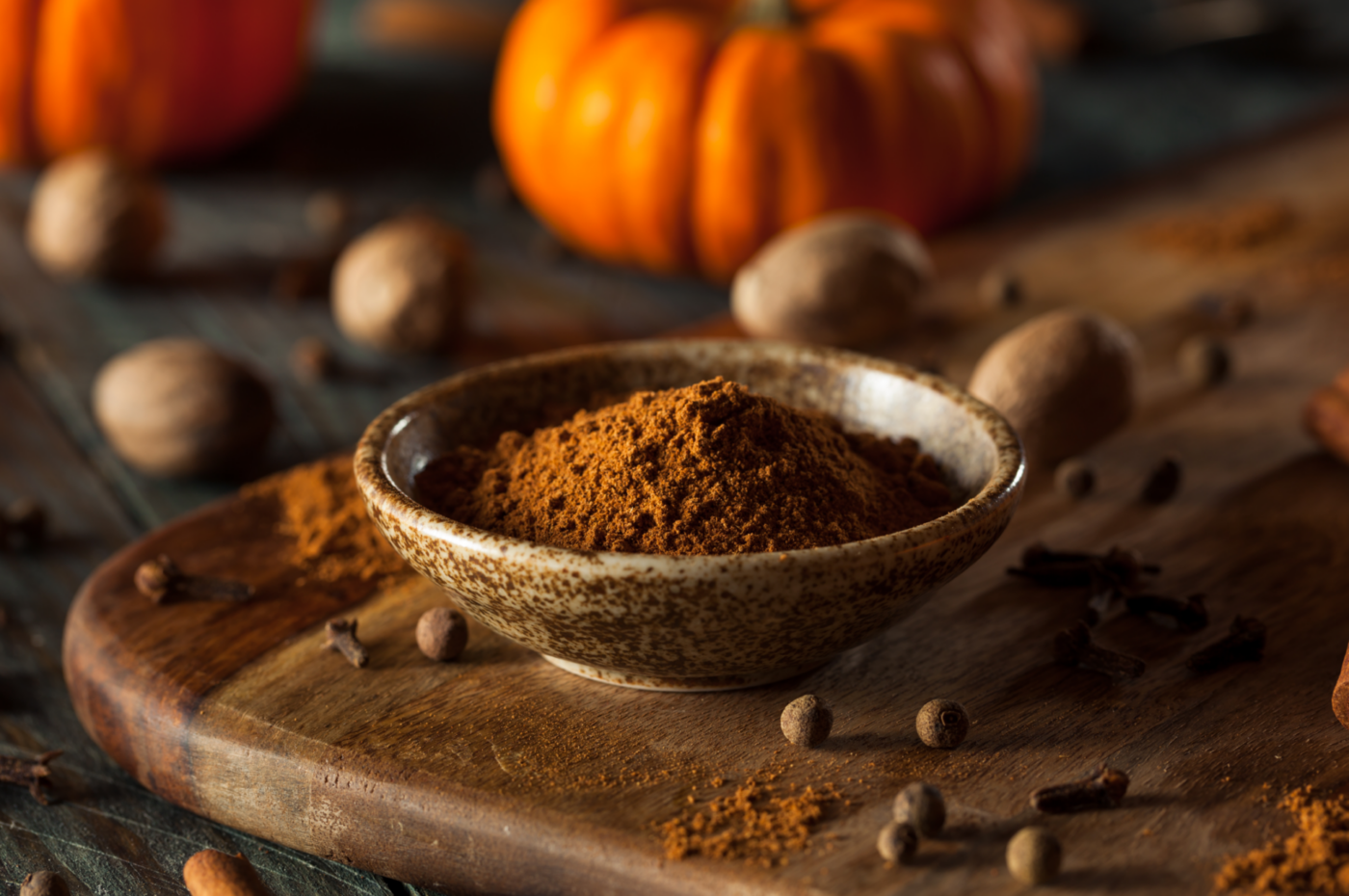History of Pumpkin Pie Spice
While the exact origins are debated, spice blends similar to pumpkin pie spice have been used for centuries. European spice traders brought warm spices like cinnamon, cloves, and nutmeg from the East, and these were often combined in various ways. The Dutch “speculaaskruiden” used in speculoos cookies is a close relative. As these spices became more accessible in America, they found their way into pie recipes, eventually solidifying the pumpkin pie spice blend we know and love today.
Early Influences
Its begins long before the spice mix itself. Its origins can be traced back to the culinary traditions of early American settlers and their resourceful use of native spices. Pumpkins, a New World crop, were quickly adopted by colonists, and resourceful cooks began experimenting with ways to flavor this versatile gourd. Early recipes for “pompkin” pies featured a variety of spices, including nutmeg, ginger, mace, and pepper, reflecting the flavors prevalent in 17th and 18th-century kitchens.
A Cookbook Pioneer
One of the earliest documented recipes for a spiced pumpkin pie can be found in Amelia Simmons’ groundbreaking cookbook, “American Cookery,” published in 1796. This cookbook, considered the first truly American cookbook, included two recipes for “pompkin” pies, one featuring nutmeg and ginger, and the other with allspice and ginger. These recipes provide a glimpse into the early evolution of pumpkin pie spice, showcasing the experimentation and creativity of early American cooks.
The Rise of Convenience
While early cooks blended their own spice combinations, the 20th century brought about a significant shift in the way spices were used. With the rise of spice companies and the increasing demand for convenience, pre-mixed spices became increasingly popular. In the 1930s, companies like McCormick & Company introduced their own versions of “pumpkin pie spice,” a pre-blended mix that offered convenience and consistency for home bakers.A Modern-Day Phenomenon:
Pumpkin pie spice remained a staple in fall baking for decades, but its popularity exploded in the 21st century with the introduction of the Pumpkin Spice Latte (PSL) by Starbucks in 2003. This iconic beverage, with its blend of pumpkin pie spice, espresso, and steamed milk, captured the essence of fall and sparked a cultural phenomenon. Suddenly, pumpkin pie spice was everywhere, from coffee and candles to yogurt and air fresheners.
Beyond the Latte
While the PSL undoubtedly propelled pumpkin pie spice into the mainstream, its versatility extends far beyond beverages. Today, it’s used to flavor a wide array of dishes, from cakes and cookies to pancakes and even savory dishes like chili and roasted vegetables. Its warm and inviting flavors have become synonymous with autumn, evoking feelings of comfort and nostalgia.
The Enduring Appeal
Its story is a testament to the enduring power of flavor and tradition. From its humble beginnings in colonial kitchens to its modern-day status as a cultural icon, pumpkin pie spice continues to captivate our senses and evoke a sense of warmth and nostalgia. Whether enjoyed in a classic pie, a seasonal latte, or a creative culinary creation, pumpkin pie spice remains a beloved symbol of autumn and a reminder of the comforting flavors of home.


Share
Click on the icons below to share "Title of the item to share"